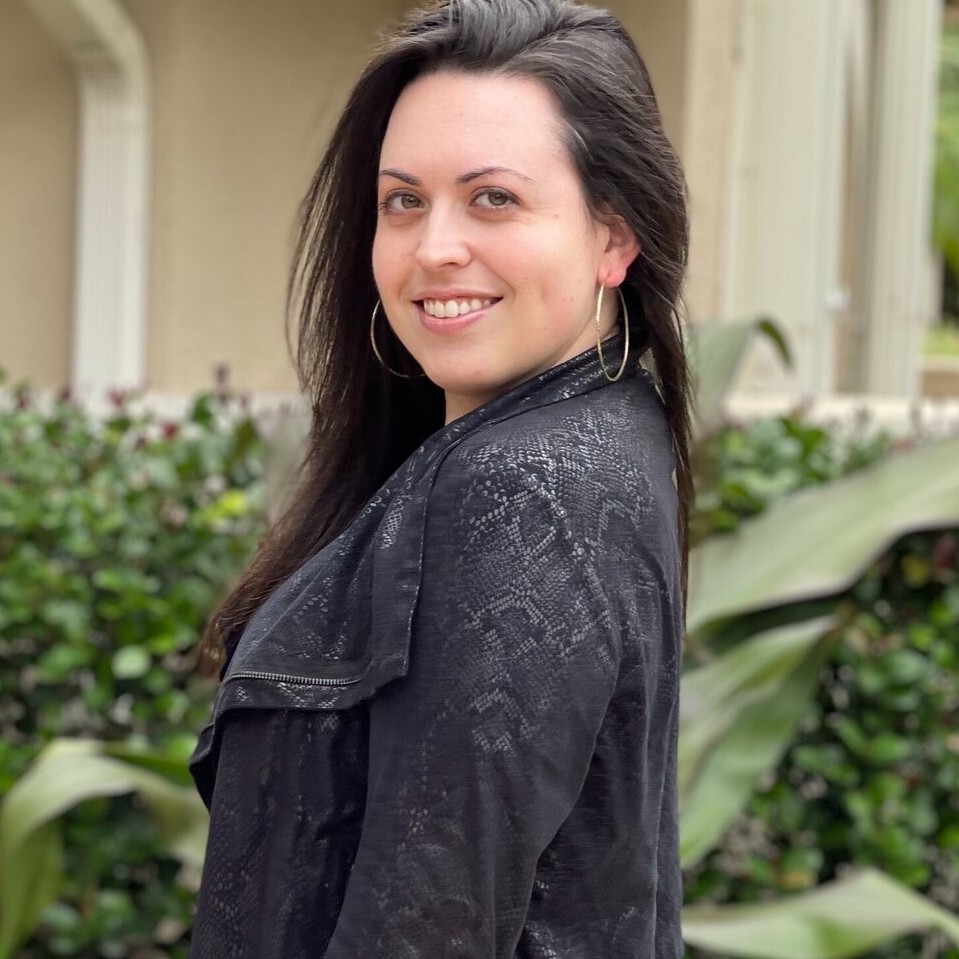Passover 101: Here's What You Need to Know About the Jewish Holiday
Pass the matzah, stat.

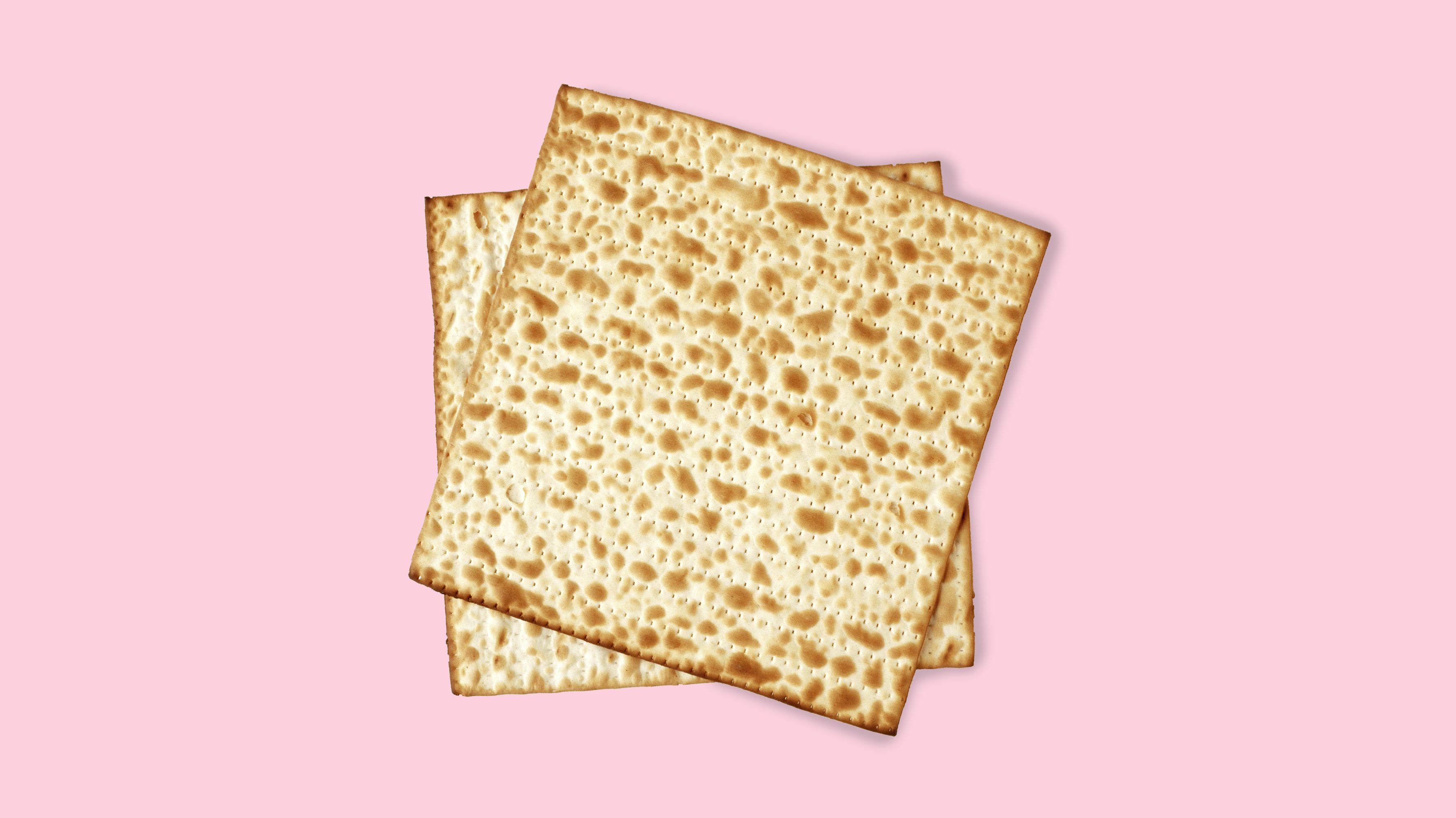
While most people prepare to celebrate Easter this weekend, Jews will also be gathering for a major holiday: Passover. The two holidays often fall near each other, both representing springtime and hope. Many people even believe that Jesus' Last Supper was a Passover meal. Here, everything you need to know about the Jewish holiday so you can get pumped for more than just the matzah.
What's Passover?
Passover, also known as Pesach, is a Jewish holiday that lasts for eight days to commemorate the freedom of the Israelites from the Egyptians. In the Torah, God helped the people of Israel escape—with the leadership of Moses—by casting 10 plagues on the Egyptians so they would release them from his reign.
The plagues included turning water into blood, casting an endless sea of frogs and gnats, releasing wild animals, killing livestock, forming boils, making thunderstorms of hail and fire, creating packs of locusts, and having darkness for three days. (A mood brightener, we know.) The 10th and final plague, the death of the Egyptians' first-borns, is the most significant for the Israelites. They were told to mark their doorposts of their homes with the blood of a lamb. By doing this, God would pass over the first-borns of their homes. Enter: "Passover." Get it?
A post shared by champagnepapi (@champagnepapi)
A photo posted by on
When Is It Celebrated?
Passover begins on the 15th day of the Jewish month of Nisan, which typically falls in March or April. This year, it will begin on the evening of Friday, March 30, and end in the evening of Saturday, April 7. During this time, Jews aren't supposed to eat anything leavened, a.k.a. bread. (We're talkin' pizza, bagels, sandwiches, all the goods.) Instead, they substitute it for matzah.
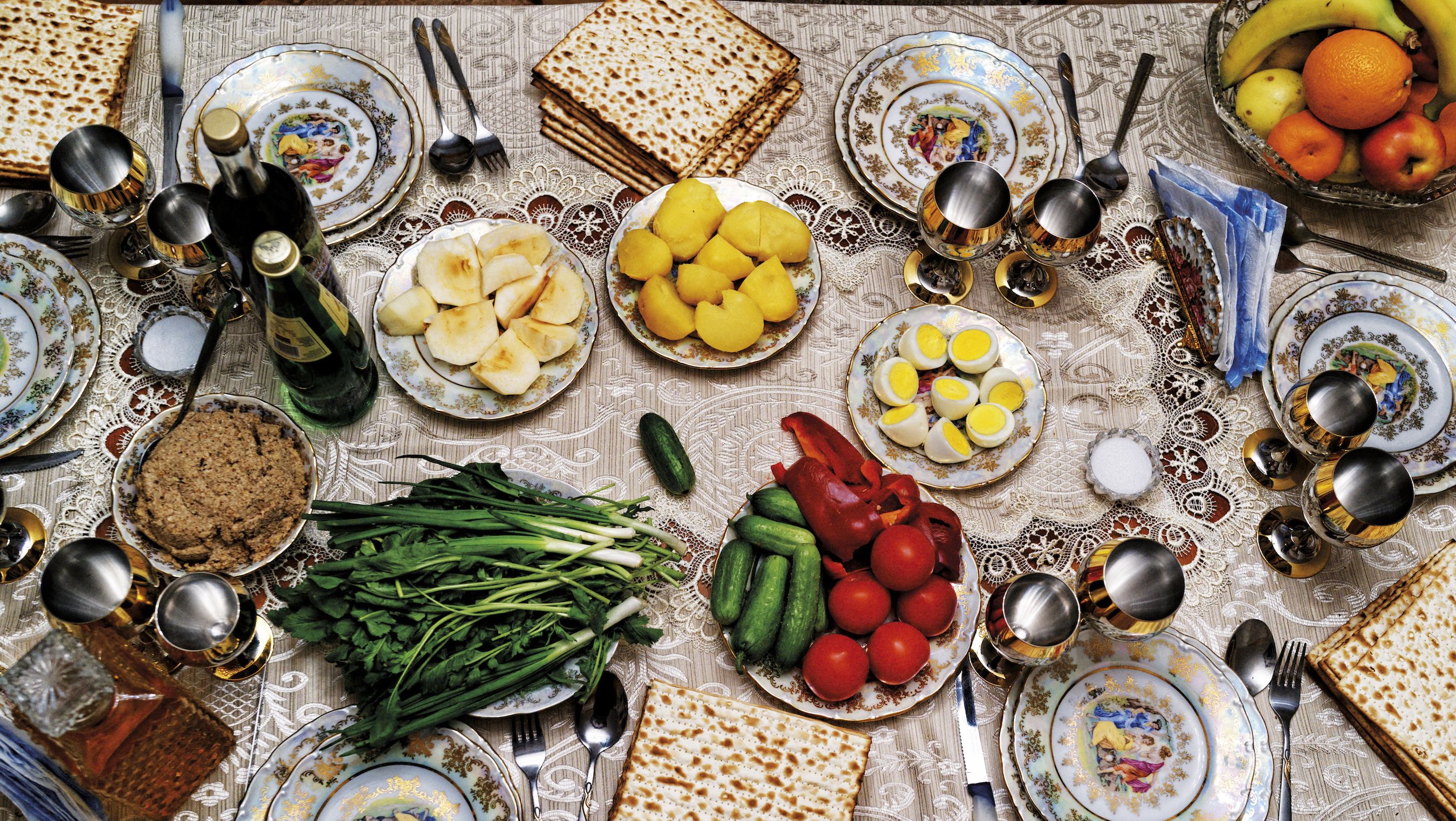
Why Matzah and What's So Great About It?
First of all, it's delicious. Second of all, you can eat it for breakfast, lunch, or dinner. (If you haven't tried a piece of matzah at least once in your life, you're missing out—10/10 would recommend eating it with some peanut butter.) Often, families turn it into a staple dessert throughout the week by covering it with melted chocolate. Pharoah, a.k.a. the head of the Egyptians, didn't leave the Israelites enough time to escape the land and let their bread rise. Thus, the flat bread, otherwise known as matzah, was born and became a traditional part of the seder, or ceremonial meal. More on that below.
The Seder
Traditions vary for every family, but most gather together on the first (and sometimes second) night of Passover to have a special dinner called a seder. Not only are prayers from the Haggadah (the Jewish text) read, but there are also very specific foods with multiple symbols placed on the table—the shankbone, karpas, chazeret, charoset, maror (typically horseradish), matzah, and egg. The shankbone represents the lamb sacrifice (this isn't typically eaten, unless you're into that), the egg symbolizes springtime (neither is this since it's typically roasted), the chazeret and maror bring tears to serve as a reminder of the slavery the Jews went through, the karpas represents the freshness of spring, and the charoset represents the mortar used by the Hebrew slaves to make bricks.
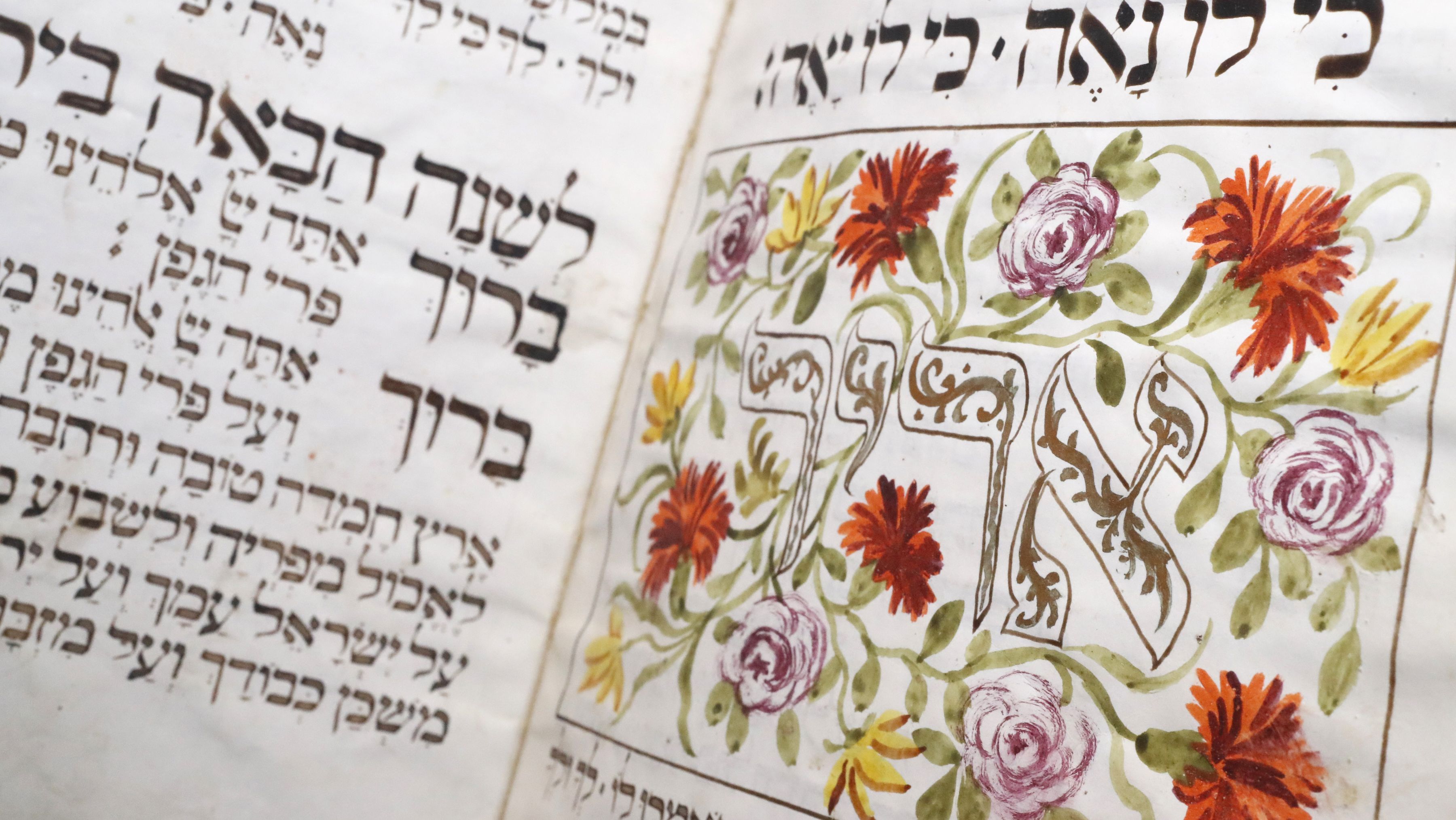
A passage from the Haggadah—a Jewish text you recite prayers from on Passover, which includes the 10 Plagues and the Four Questions.
Salt water typically sits on the table to represent the tears shed, and of course there's the matzah as a reminder of how quickly the Jews needed to act to have their freedom. There's also a requirement to have four cups of wine (no argument here), which represent the four biblical promises of redemption. Matzo ball soup isn't a must, but it's definitely a plus at any Jewish dinner table. You'll often find gefilte fish (your call), brisket, roast chicken, sweet potatoes, and potato kugel at the table as well.
Get exclusive access to fashion and beauty trends, hot-off-the-press celebrity news, and more.
The Fun Part: The Afikoman
The Passover Afikoman game was originated for children, but, let's be honest, you definitely still want to play this in your 20s. Here's how it works: One person breaks a piece of matzah in half and leaves a part of it on the table. The other half is hidden somewhere in your house, and whoever finds it first gets a prize. Boom. Happy Passover!
RELATED STORIES
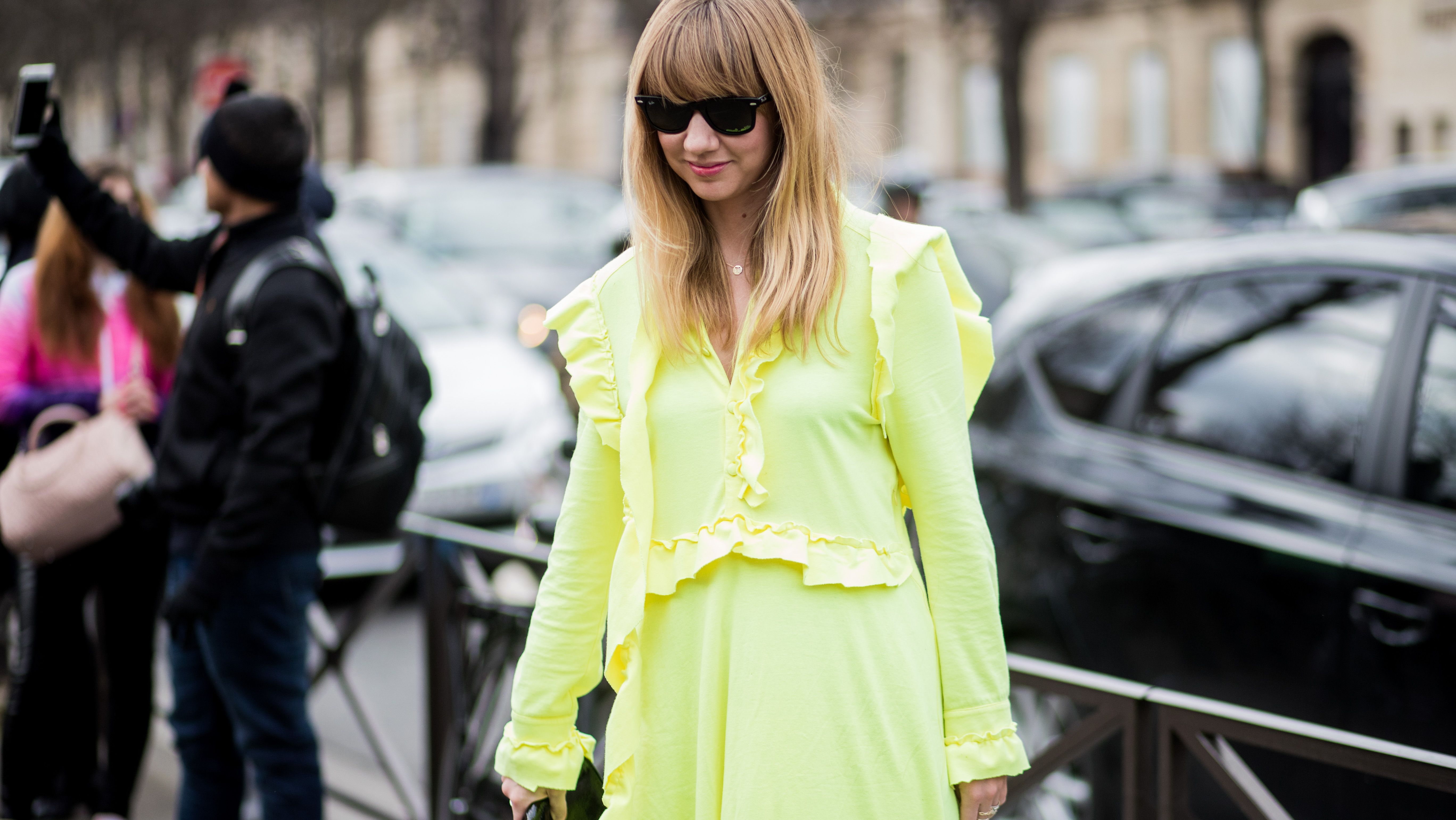
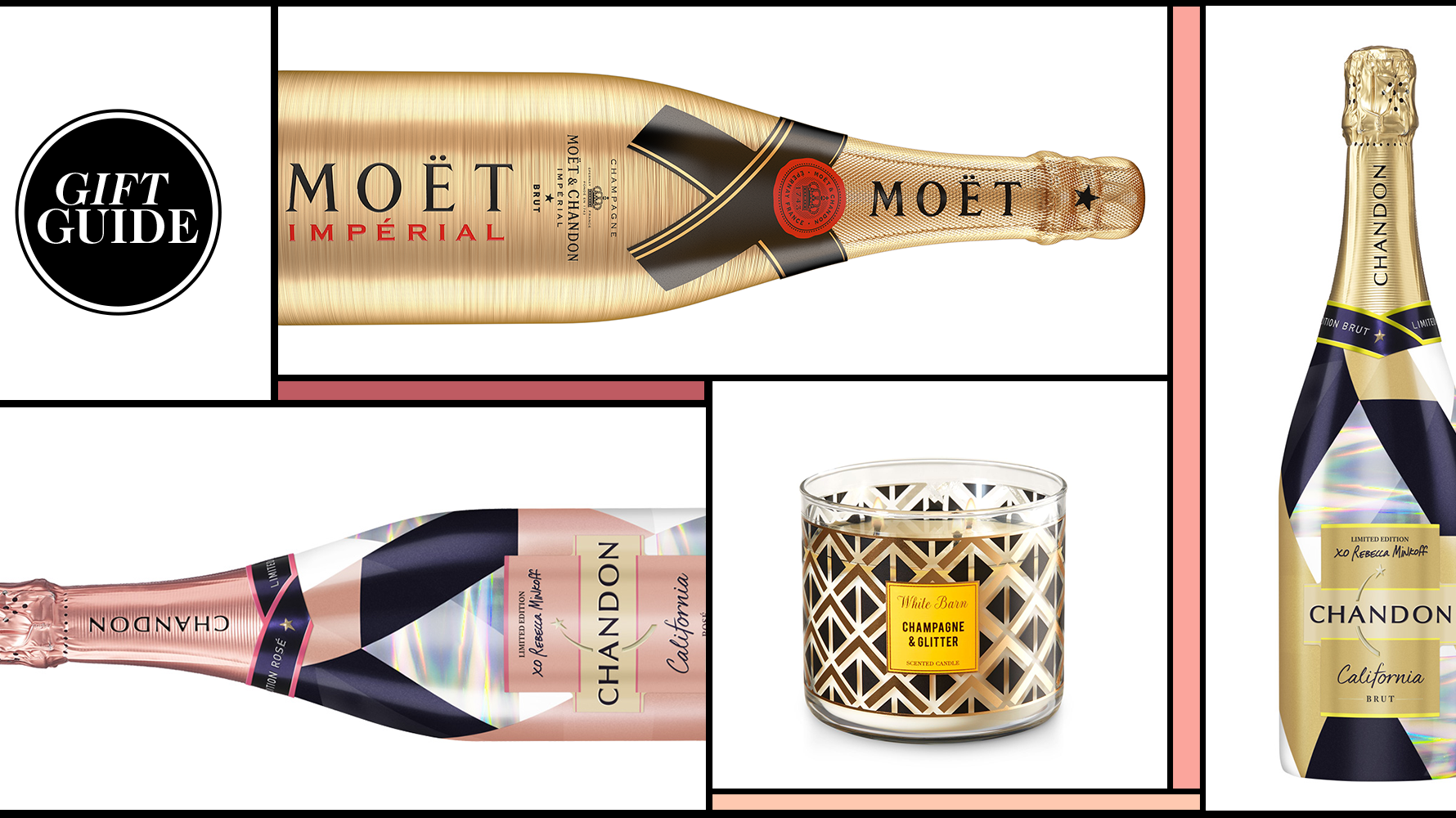
Rachel Epstein is a writer, editor, and content strategist based in New York City. Most recently, she was the Managing Editor at Coveteur, where she oversaw the site’s day-to-day editorial operations. Previously, she was an editor at Marie Claire, where she wrote and edited culture, politics, and lifestyle stories ranging from op-eds to profiles to ambitious packages. She also launched and managed the site’s virtual book club, #ReadWithMC. Offline, she’s likely watching a Heat game or finding a new coffee shop.
